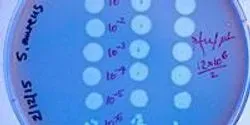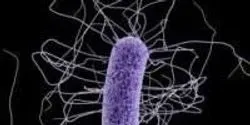Biological Sciences

With the aid of X-ray crystallography, researchers at the University of Michigan have revealed the structures of two closely related enzymes that play essential roles in the body's ability to metabolize excess lipids, including cholesterol.

A new study led by researchers at The Scripps Research Institute (TSRI) and the University of California (UC), San Diego School of Medicine shows that certain stem cell culture methods are associated with increased DNA mutations. The study points researchers toward safer and more robust methods of growing stem cells to treat disease and injury.

According to the public databases, there are currently approximately 1,900 locations in the human genome that produce microRNAs (miRNAs), the small and powerful non-coding molecules that regulate numerous cellular processes by reducing the abundance of their targets. New research published in the Proceedings of the National Academy of Sciences (PNAS) this week adds another roughly 3,400 such locations to that list. Many of the miRNA molecules that are produced from these newly discovered locations are tissue-specific and also human-specific. The finding has big implications for research into how miRNAs drive disease.

Bacteria may not have brains, but they do have memories, at least when it comes to viruses that attack them. Many bacteria have a molecular immune system which allows these microbes to capture and retain pieces of viral DNA that they have encountered in the past, in order to recognize and destroy it when it shows up again.

When oil from the Deepwater Horizon spill first began washing ashore on Pensacola Municipal Beach in June 2010, populations of sensitive microorganisms, including those that capture sunlight or fix nitrogen from the air, began to decline. At the same time, organisms able to digest light components of the oil began to multiply, starting the process of converting the pollutant to carbon dioxide and biomass.
















